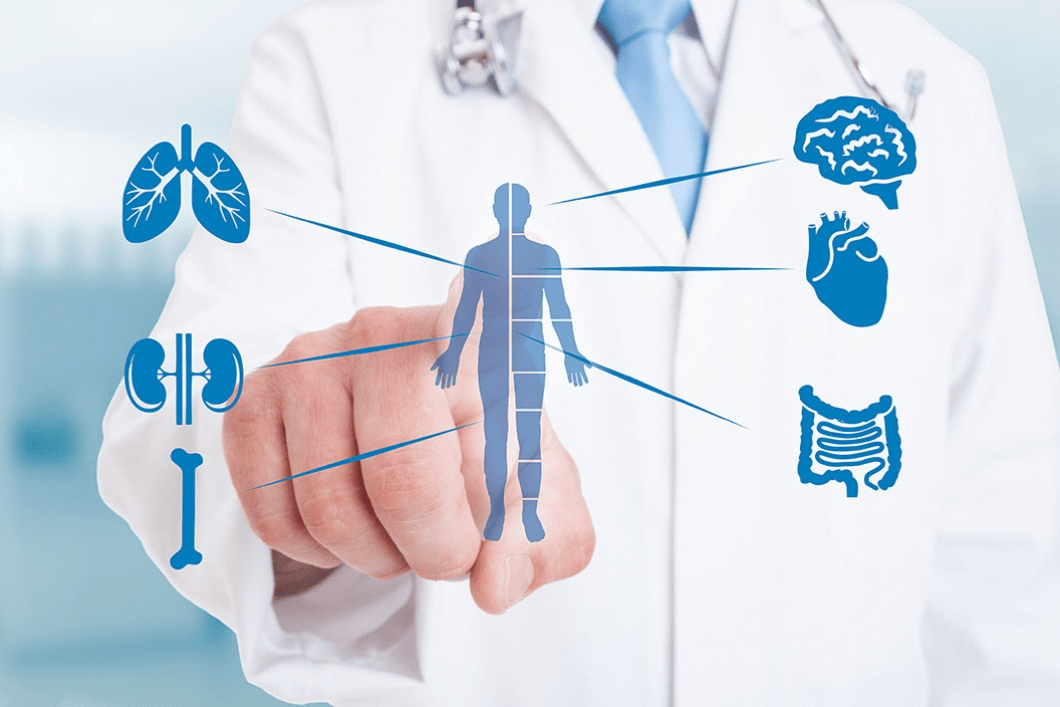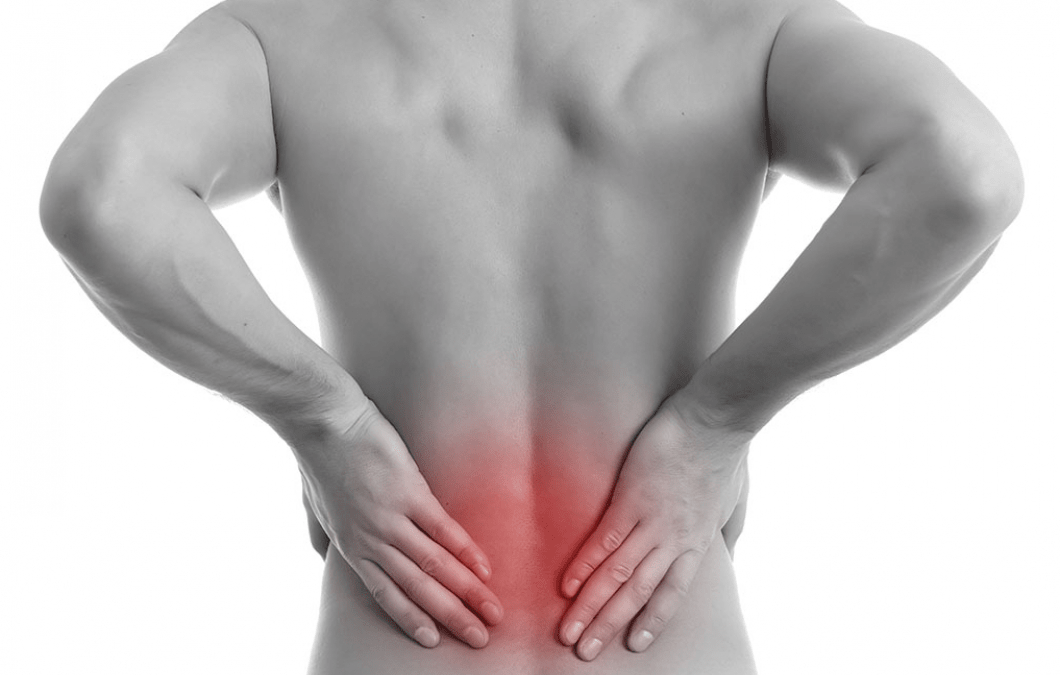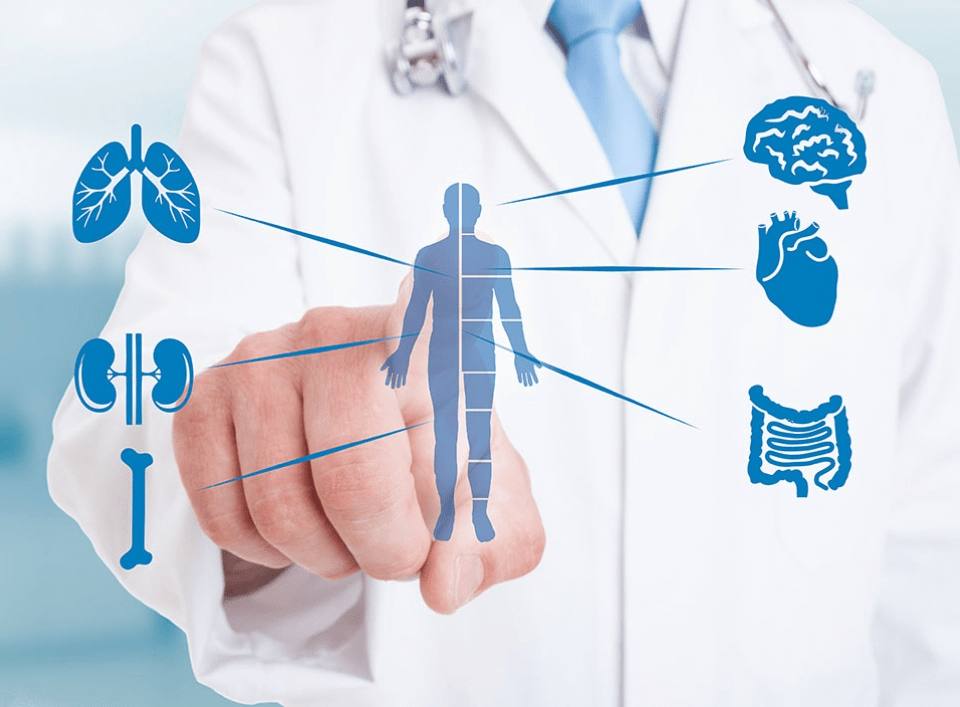
DR DV WRITES ABOUT INTEGRATIVE MEDICINE FOR PHYSICIANS PRACTICE MAGAZINE:
December 16, 2019
YOGA THERAPY TO BALANCE BODY BIOCHEMISTRY
December 16, 2019By Dushyant Viswanathan, MD, ABIM, ABOIM
June 2014
There is an epidemic of chronic pain occurring in the world today. There are more people nursing daily pain issues that impair quality of life than even one or two generations ago. Chronic pain is clearly something that every practitioner in the community today must contend with.
Concomitant to the increase in numbers of people who are experiencing chronic pain are also a few other facts: obesity is increasing; the amount of toxins in the environment that lead to disruptions of the human endocrine system is increasing (bioaccumulation of endocrine disruptors such as BPA, phthalenes, and plastic); the incidence of people with chronic gastrointestinal illness is increasing; and people are living longer. All of these factors contribute to the pathogenesis of chronic pain.
So from the perspective of an integrative internal medicine specialist, when I meet someone with a chronic pain issue, what is very important is getting a good assessment of the person’s physiology- what are the cortisol levels? How is the thyroid function? Is there any insulin resistance or obesity? Any autoimmune arthropathy (autoimmune arthritis in which the immune system attacks the joints such as in lupus or rheumatoid arthritis)? Is there evidence of touch sensitivity that we see in people with fibromyalgia who lack small nerve fibers in the skin? Or is there premature arthritis that we see in progesterone or Vitamin D deficiency states? All these questions and more need to be answered.
After the diagnostic workup provides some answers, the next step is to create a therapeutic regimen with the ultimate goal of treating pain by treating the underlying cause of pain, and using therapies that foster regeneration of tissue, improvement of physical alignment, restitution of optimal joint and cellular health, and restitution of optimal endogenous opioid levels.
This last point about opioid levels is very important. People with low levels of natural endorphins / enkephalins (our natural painkiller chemicals) are predisposed to living in pain. Also, low levels of dopamine and cortisol can lead to the basic misery of feeling constantly uncomfortable, restless, sore, and in pain.
Finally, care needs to be given to the emotional and spiritual aspects of a person. Misery at these subtler levels are very common causes of chronic pain.




